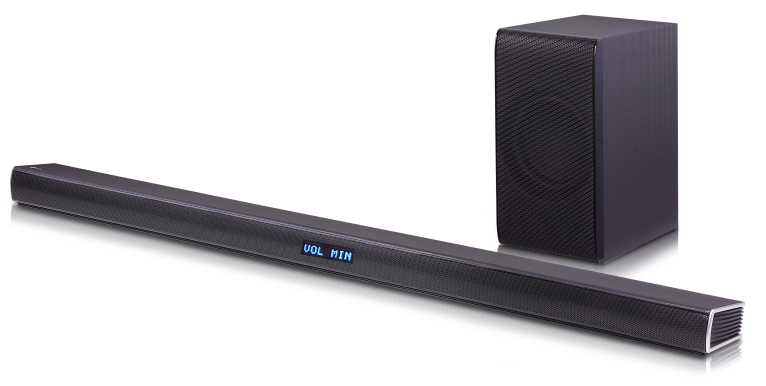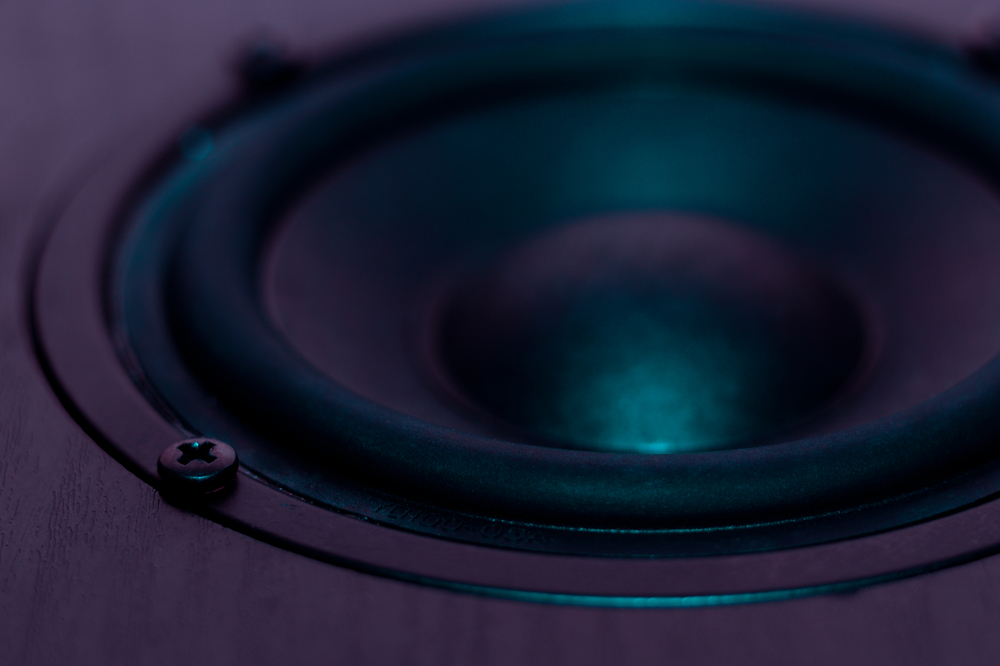Wireless Subwoofers have become increasingly common in the last few years. While a wired subwoofer is still a common part of many sound systems, they come with downsides. Most of all is the increasing number of cables you need as more devices get added. From speakers to the stereo units, CD players, tuners, and receivers, with more and more devices, the number of cables only grows. Making them run through the walls is a tedious and messy job and running them under a rug isn’t always ideal.
Considering the fact that the latest digital surround systems are capable of accommodating seven speakers along with a subwoofer, there would be at least seven cables that will run across the area. Of them, at least four will be approximately 10 feet away to be near the rear of your listening space.
Are Wireless Subwoofers a Good Solution?
To get rid of this wired clutter, a wireless subwoofer is essential. The wireless speaker technology is implemented in an increasing number of powered subwoofers. Making these devices wireless is sensible, as they are self-powered due to the presence of an integrated amplifier as well as an AC power connection.
You should consider a wireless version of a subwoofer if there is not enough space in your room for accommodating wires. Further, an increasing number of subwoofers can smoothly obtain a transmitter’s signal wirelessly. This transmitter is connected to your receiver.
A few subwoofers come with the transmitter in their box. For the rest, it is an optional addition. The market is also filled with wireless kits that can convert virtually any subwoofer into a wireless one. However, despite being wireless, it is necessary to plug it into a power outlet.
Wireless Subwoofer Implementations
A wireless subwoofer has two types of implementations with the design being similar but the signal transport channel being different. A transmitter is connected to the speakers on the audio source, while a receiver is connected to or included in the speakers for distant placement.
Most wireless subwoofers are sold as one single pack containing a receiver, a transmitter, and speakers themselves. Setting up one such set is pretty simple. However, you need to consider some warnings.
Bandwidth
First, most wireless systems have less bandwidth than their wired counterparts. Thus, wireless systems are likely to be somewhat less accurate in terms of played sound.
However, some makers affirm that their systems do not have the problem of less bandwidth. Still, it is wise to listen to a sub with the music that you usually play to know whether the outcome is acceptable or not.
Transmitters
Second, the farther away the receivers of subwoofers are from the transmitters, the higher is the probability of experiencing distortion. The underlying science is the applicable set of laws of physics.
Amplifiers are there to help the transmitters. However, they also introduce more noise to the system. Further, the receivers of subwoofers could come with improved antenna systems. It is ideal to get help and advice from the local shop to know what might be the best solution for you. Just ensure to know the equipment type in use and communication frequencies so that the shop owner can help precisely in picking the proper antenna for speakers.
Wireless Transmission Media
Wireless subwoofers that you see in the market today have one of the two transmission media namely, Radio Frequency or RF and InfraRed (IR). Each of these signal-based systems come with their own pros and cons. It is wise to consider them to know which one will be most suitable for you.
Radio Frequency
The RF systems, as the name suggests, transmit data with the help of radio signals to a distant receiver. Here, the data is music. They usually use radio frequencies of 300 to 1000Mhz, of which 900Mhz is the most widely used one.
This transmission works well for those subwoofers that do not possess a direct Line of Sight (LOS) from the receiver. A few hurdles such as metal, a few plastics, electronics, and cement are likely to interrupt or absorb these signals.
Thus, it is practical to examine the placement of your subs by moving them a bit to know where there is the best reception. This is the key to use for outdoor subs nestled in different areas. In the case of areas of bad coverage, it is wise to invest in RF repeaters that can aid transmissions around hurdles leading to transmission issues.
You can conceal them by placing them in cabinets or on small shelves, as there is no need to retain the line of sight. For this too, it is recommended testing the different spots until the most suitable one is found. These devices are vulnerable to radio interference from radios, cordless gadgets, microwaves, and other electronic devices.
However, the new shielding and spectrum technologies are overcoming this issue. RF systems are famous for their ability to transmit more data, are more reliable, and are costlier than the infrared option.
Infrared
On the other hand, the IR systems use light transmissions to send audio signals to the remote receiver. They use light wavelengths for the same and are ideal for those subs that are in a small area where the receiver and transmitter are within 20 feet.
No tangible hurdles should exist between the transmitter and the receivers. Otherwise, wireless transmissions will not occur. Except for transparent items, all solid materials are capable of blocking IR signals.
Even colored translucent items such as stained glass can block them. If the systems interact outside the LOS, consider using an IR repeater for extending the communication. However, the LOS must be retained between all these devices.

The Actual Working of a Wireless Subwoofer
A home theater receiver transmits signals of low frequencies to the sub via a wireless transmitter. The sub’s integrated amplifier then generates the required power so that you can hear the sound.
Conclusion
To know how does a wireless subwoofer works, you need to know the devices that play a role in transmitting the IR or RF signals. These are a transmitter, a receiver, a subwoofer, and a repeater at times.
Related Article: 6 Things To Consider On How To Choose A Soundbar
